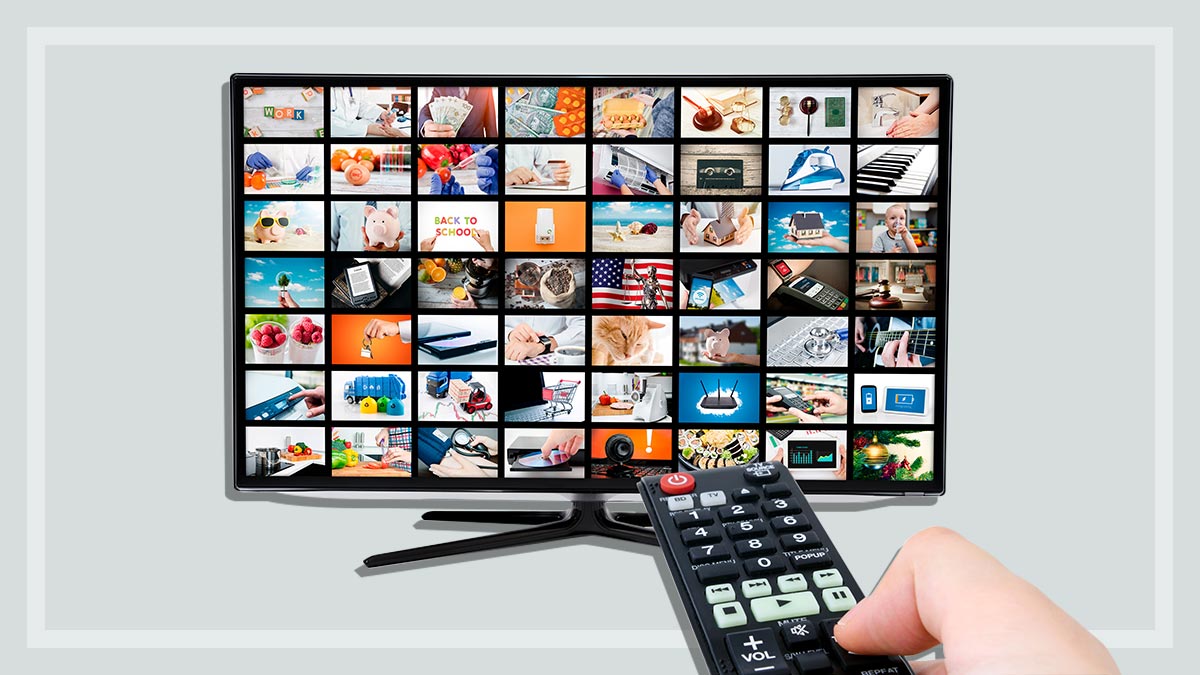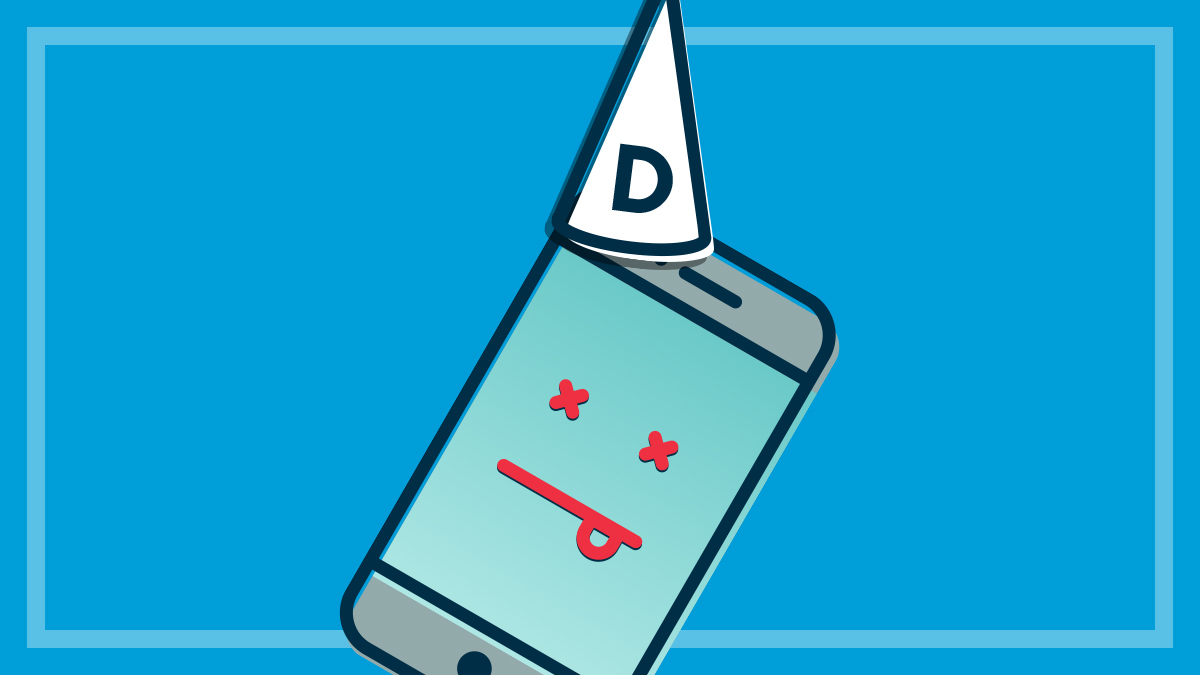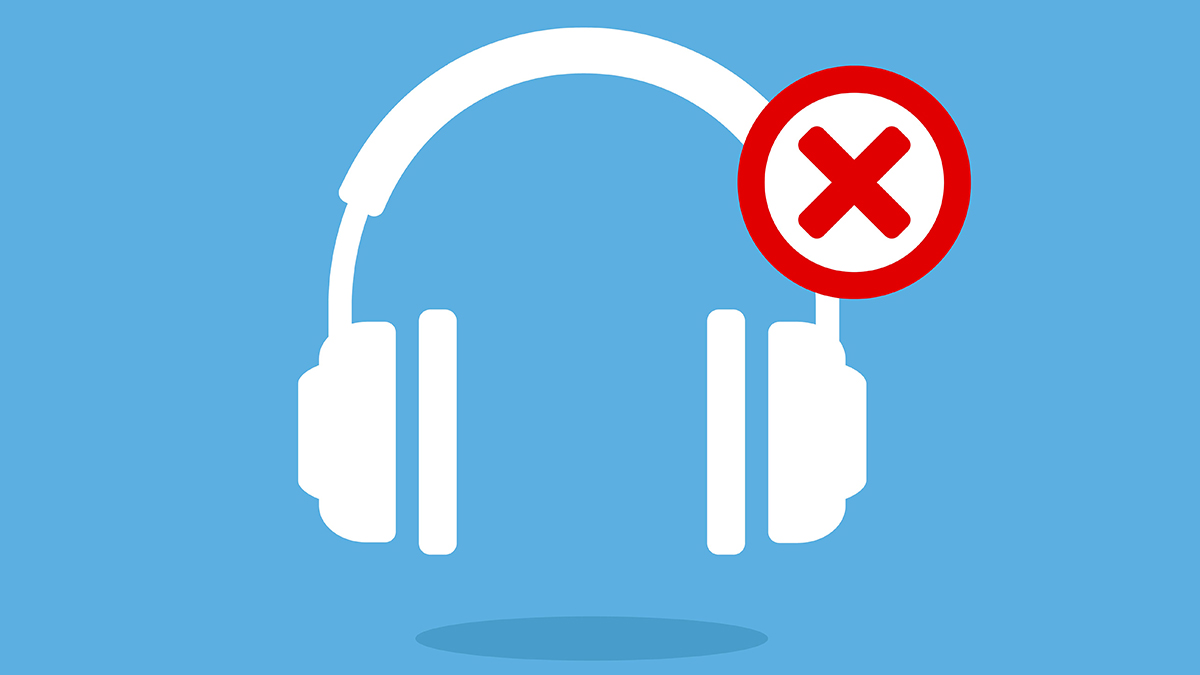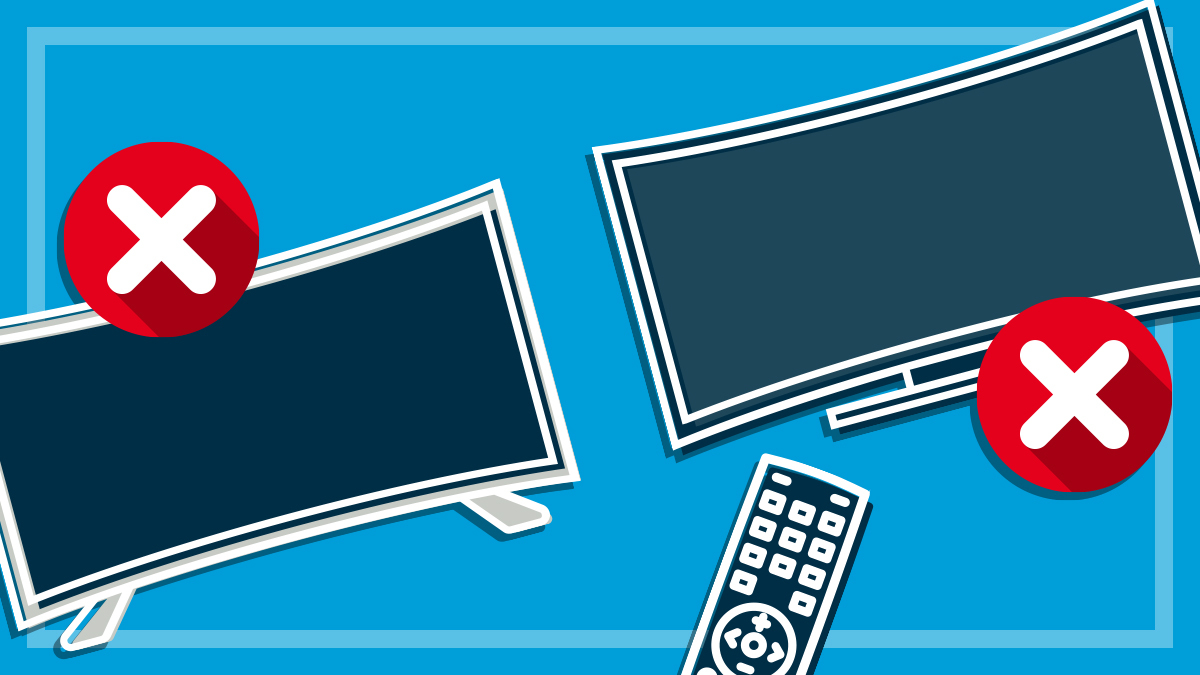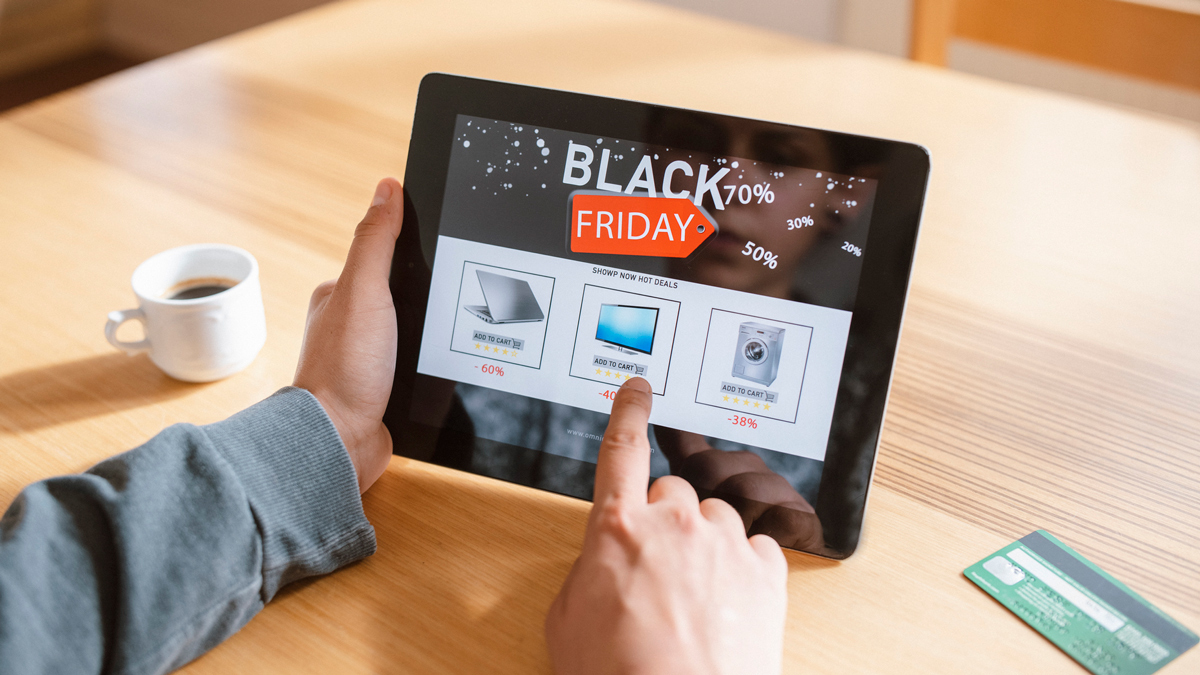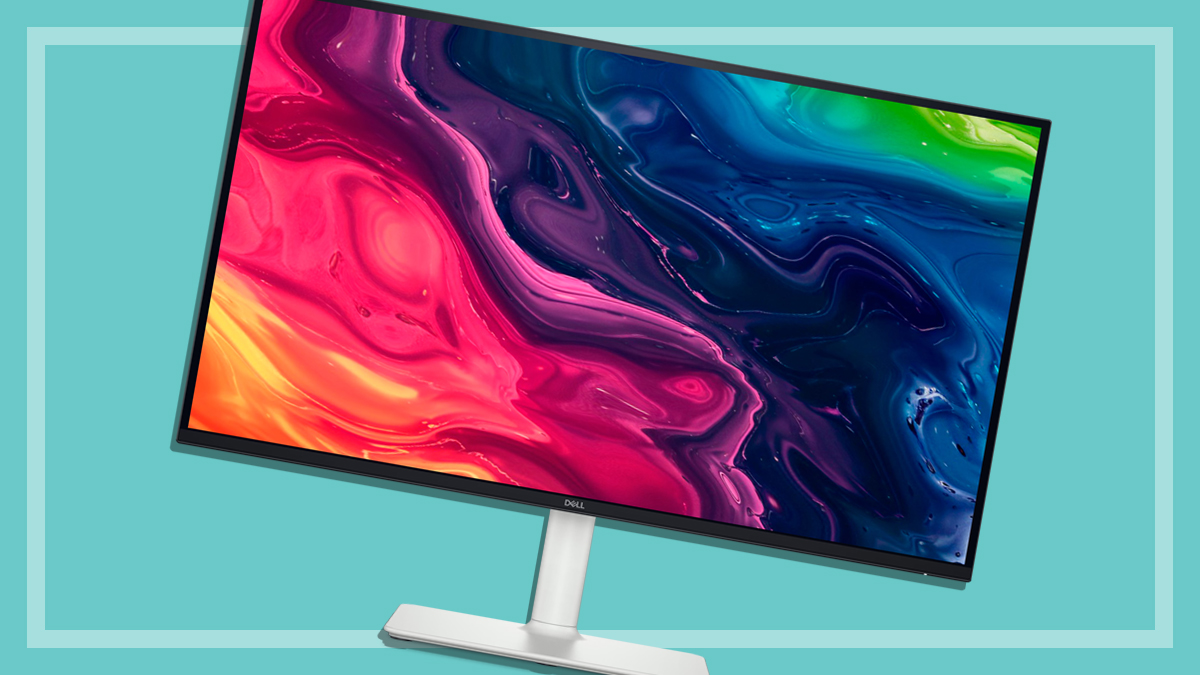Get our independent lab tests, expert reviews and honest advice.
Op-ed: Why your smart TV might not last as long as you’d hope
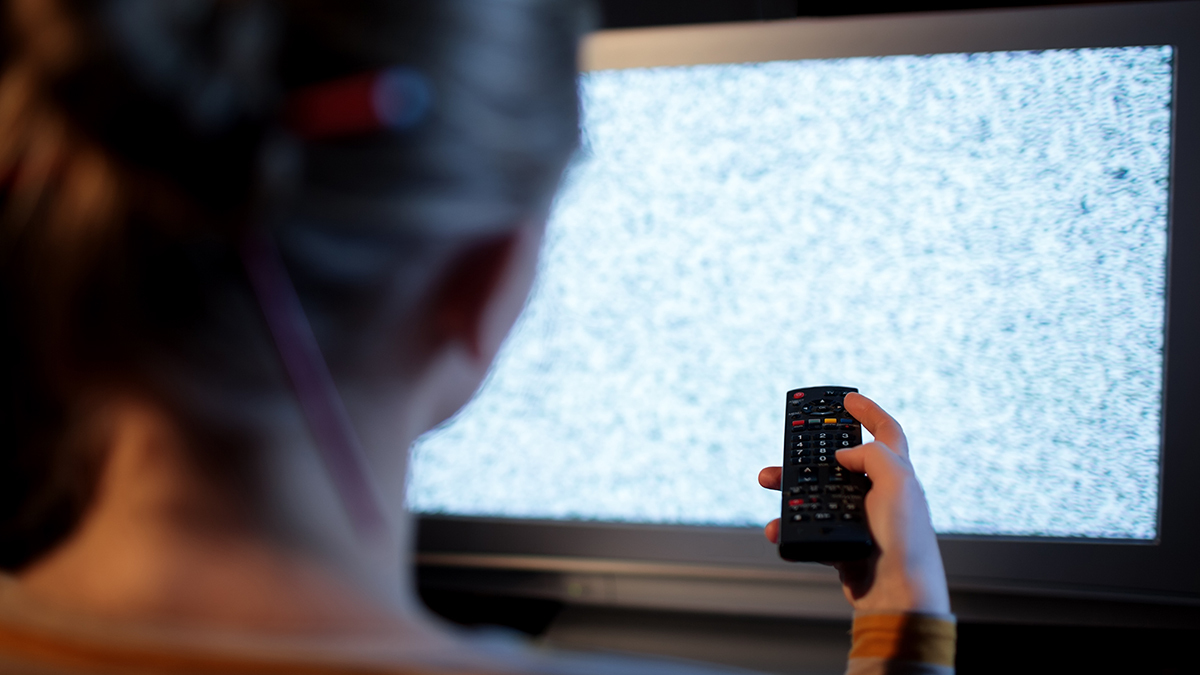
A TV used to be a long-term investment – something you bought knowing it would see you through the next 10 or even 15 years.
Before TVs were ‘smart’, their main function was to decode signals from broadcast television and from connected devices like DVD players and game consoles. If your TV suddenly stopped working, major hardware faults would hopefully be covered under your manufacturer warranty and statutory guarantees under consumer law.
When you’re buying a new TV today you need to think not just about the quality of the hardware, but about the lifespan of its software
But smart TVs are different because of the complexity of their inbuilt software. When you’re buying a new TV today you need to think not just about the quality of the hardware, but about the lifespan of its software.
This is because your TV’s functionality will change over time. Apps and platforms may not work as well, may refuse to open – or they may disappear altogether.
In this article we explain what you should keep in mind when you buy a smart TV, and what you can do if the functionality of your TV is compromised over time.
What do you get with a smart TV?
Almost all TVs sold in Australia today are smart TVs. This means they can connect to the internet and deliver streaming content via apps.
What many people don’t realise is that when you buy a smart TV you’re locked into using its specific operating system, such as Samsung’s Tizen or LG’s WebOS – just like you’re locked into iOS if you buy an Apple phone or Android if you buy a Samsung.
Each TV operating system works differently, and puts its own spin on interface design, menus, and navigation.
You need to brace yourself for the fact that most apps will eventually stop working on your TV in the years ahead
The operating system also determines the content you can access on your smart TV because it controls the app store. So you need to check before purchase that your preferred TV can run all the apps you might need – not just the big ones like Netflix and YouTube (which are preinstalled on most smart TVs), but also local apps from ABC, SBS, 7, 9 and 10, and any specific movie, sports or gaming apps that you might like to use.
Also, while we all want a smart TV that will work consistently over time, you need to brace yourself for the fact that most apps will eventually stop working on your TV in the years ahead. Even top-of-the-line TVs that cost tens of thousands of dollars are subject to this dreaded phenomenon of ‘app obsolescence’.
The inevitable obsolescence of apps
There are several reasons why apps can become obsolescent.
First, the process of developing and maintaining an app for multiple operating systems and smart TV models is expensive and resource-intensive. Streaming services such as Netflix and iView can see what smart TVs people are using and prioritise particular brands and models accordingly.
In some cases, streaming services will not bother updating apps designed for older TVs, and will instead focus their efforts on newer TVs that are likely to run more smoothly and reach more viewers. As such, they may stop supporting older-model TV apps, or they may remove their apps from particular platforms.
Streaming services will not bother updating apps designed for older TVs, and will instead focus their efforts on newer TVs that are likely to run more smoothly and reach more viewers
This happened in 2019, when Netflix announced that its app would no longer be supported on some Samsung and Panasonic smart TVs purchased in the early 2010s. These devices had “technical limitations” that did not support Netflix’s new digital rights management protocols.
Recently SBS made the “tough call” to remove SBS On Demand from Sony Linux televisions. The broadcaster claimed that these TVs no longer had the memory or processing power to support the best experience (that is, the enhanced features or improved ad experience) of SBS On Demand.
There are other reasons why apps can disappear from a smart TV or suddenly stop working. In the US, there have been some instances of platform blocking where apps have disappeared from smart TVs because of commercial disputes between apps and smart TV platform operators.
Additionally, your choice of TV can also affect your access to future apps that haven’t been released yet. Even if you have a very new and expensive TV, don’t expect that you’ll have immediate access to the latest apps that might arrive next year or sometime in the future.
Availability of new apps can be very uneven, because apps may prioritise launching on the largest smart TV platforms
Availability of new apps can be very uneven, because apps may prioritise launching on the largest smart TV platforms, such as Samsung’s Tizen and LG’s webOS, neglecting the smaller platforms – or the app might get held up in administrative red tape.
For example, when Disney+ launched in Australia in 2019, it was immediately available on TVs made by Samsung and LG, but would not run on Hisense’s proprietary VIDAA U operating system. Hisense users had to wait until late 2021 before they could access the official Disney+ app on their sets.
Similarly, while Kayo was available on Samsung TVs soon after launch, LG owners had to wait until late 2021 to access these apps.
How can I extend the life of my smart TV?
Unfortunately, you have little control over what apps your TV supports or abandons over time, but that doesn’t mean you have no options.
First, you can opt for a TV brand with a good history of delivering software updates. Check the CHOICE Community forums, the CHOICE reliability survey and other online resources to find out more about how TV brands perform with software updates.
Second, if an app becomes glitchy or won’t open, delete and install it again, if you can. You should also perform a manual software update for your smart TV, via the Settings menu. This will clarify exactly what is currently supported by your TV’s operating system.
If this doesn’t work and it’s clear that your TV has started to lose functionality, you don’t need to buy a replacement right away. Instead, you can ‘patch’ your TV using a streaming device that extends its lifespan to get the most out of the hardware.
You can ‘patch’ your TV using a streaming device that extends its lifespan to get the most out of the hardware
For example, if you plug in an Amazon Fire TV Stick, Google TV, games console (PlayStation, Xbox) or set-top box, then you can effectively bypass the smart TV’s outdated software and should be able to run a full range of apps from your external streaming device, so long as the device software is up to date.
Another alternative is to install your favourite video apps on your phone and then cast, mirror or AirPlay to your TV – or even plug your laptop directly into the TV using an HDMI cable.
These workarounds will help you get the maximum life span from your smart TV, and recoup your initial investment over time.
Good for you, good for the environment
In summary, we recommend that all consumers spend a little time playing around with the operating system of a smart TV before buying. Review the product specifications and make sure it can support the streaming services that you already, or might want to, subscribe to.
By making informed choices, you can get the most out of your investment and reduce the many harmful effects of e-waste.
Remember, there’s no reason to throw out a perfectly good TV display screen, even when the software is buggy – upcycle instead by casting, mirroring or adding a streaming device.

